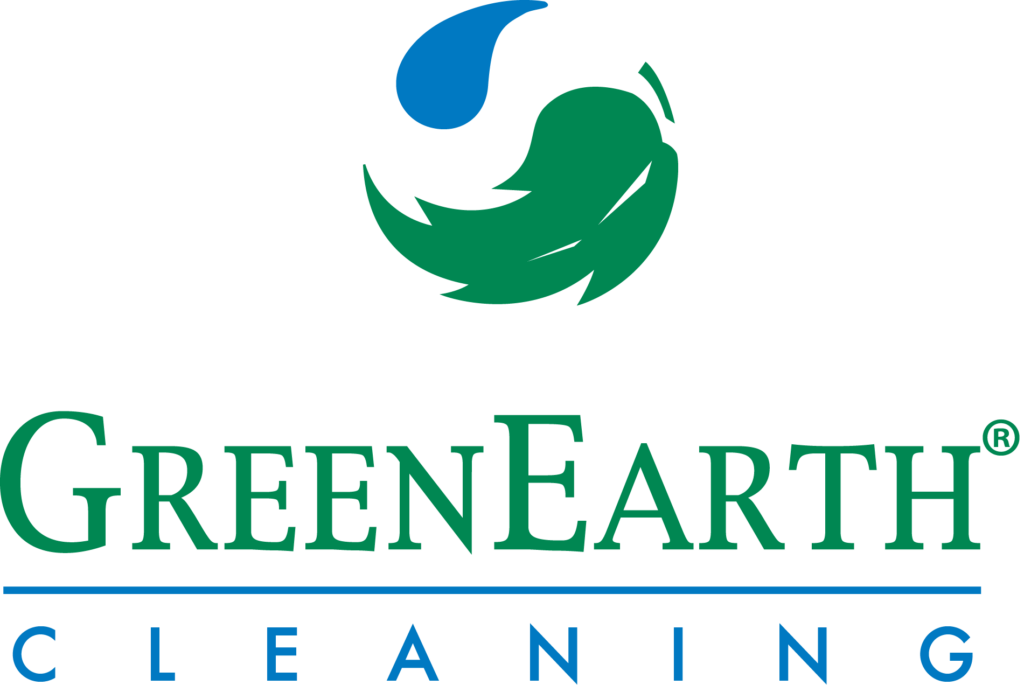
Uncovering the Real Cost: How to Accurately Calculate Your Costs and Maximize Profit in the Dry Cleaning Industry
In the competitive world of dry cleaning, profitability doesn’t come from simply having a steady stream of customers, it comes from understanding your numbers. Many dry cleaners underprice their services because they haven’t calculated their true costs. Without a true understanding, profit margins shrink, and long-term sustainability becomes uncertain. So, how do you truly calculate your service costs? More importantly, what can you do to improve your profit margins?
1. Understand the True Cost of Each Garment
Every service you offer has a unique cost and it’s rarely as simple as the price of supplies and labor. To get a full picture, break costs into the following categories:
Direct Costs
These are expenses directly tied to the cleaning process:
– Solvent, detergents, spotting agents, etc. (e.g., GreenEarth Cleaning fluid)
– Production Costs: Tags, Pins, Heat Seal Supplies, packaging materials, etc.
– Labor per piece (pressing, spotting, assembly)
– Utilities per load (water, electricity, gas)
These are overhead costs that must be spread across all garments:
– Rent/mortgage
– Equipment maintenance and depreciation
– Administrative wages
– Software subscriptions and POS systems
– Delivery vehicle costs (if offering pick-up/drop-off)
Hidden or Opportunity Costs
These include costs that are often overlooked:
– Re-cleans and refunds
– Claims: Lost garments or damaged items
– Time spent on customer service issues
– Unused machine capacity (inefficient scheduling or batching)
Tip: Track the time and materials used for a range of garment types. You may find that a two-piece suit costs you twice as much to process as a dress shirt, and should be priced accordingly.
2. Use a Cost-per-Piece Analysis
– Divide your total weekly/monthly operating costs by the number of garments processed. This gives you your baseline cost-per-piece. If you charge less than this on average, you’re likely losing money.
For example:
If your monthly overhead is $15,000 and you process 5,000 garments, your base cost-per-piece is $3. If you’re charging $2.75 to clean a shirt, that’s a loss leader even before accounting for profit. For years, dry cleaners undervalued the laundered/pressed shirts to drive higher revenue earning dry cleaning pieces to the business. As styles have changed, you may want to reevaluate this system. Often times, a customer will bring in only shirts for the offer and bring their dry cleaning garments elsewhere for a lower cost. Adjust your pricing and you will find out
who your true valued customers are.
3. Factor in Labor and Efficiency
– Labor is one of the largest expenses in a dry cleaning business. Track how long it takes to complete each type of service (Price Per Operator or Labor Hour), and identify bottlenecks. Could automation or better training improve efficiency?
– Invest in equipment that reduces labor time (e.g., tensioning shirt units or automated bagging systems).
4. Price with Margin in Mind
– Once you know your costs, pricing becomes a strategic tool, not a guess. You should price for:
Cost + Desired Margin:
If a garment costs you $3.25 to process and your target margin is 50%, then your minimum price should be $4.88.
Market Positioning:
Don’t race to the bottom. Competing on quality, sustainability (such as using GreenEarth for your Dry Cleaning), and convenience justifies higher pricing.
5. Boosting Margins with Value-Added Services
– Profit doesn’t just come from cutting costs — it also comes from offering more value:
Pick-Up and Delivery:
It adds convenience which today’s consumers are seeking; expands your reach and allows for route batching, saving labor and time.
Monthly Subscription Models:
Offer monthly wash and fold services with a branded bag or household linen plans packages.
Eco-Friendly and Premium Care Options:
Customers are willing to pay more for garment preservation, allergen-free cleaning, or environmentally responsible processes like GreenEarth.
Retail Add-Ons:
Sell garment bags, lint rollers, collar stays and other items your customer’s request. Every dollar counts.
6. Invest in Smart Technology and Data Tracking
Use a POS system or other system that allows you to track:
– Piece count per operator hour
– Re-clean rates
– Average ticket size
– Cost-per-route for delivery
– Revenue by garment category
– Better data = better decisions.
If you don’t know your numbers, you don’t know your business. Taking the time to calculate your service costs can mean the difference between scraping by and building a prosperous, scalable dry cleaning operation. Understand your costs, price strategically, and constantly seek ways to deliver more value — that’s the formula for long-term profitability.
To learn more, contact:
Angela Harris
Business Development Manager
GreenEarth Cleaning
816.370.8902
AHarris@GreenEarthCleaning.com

